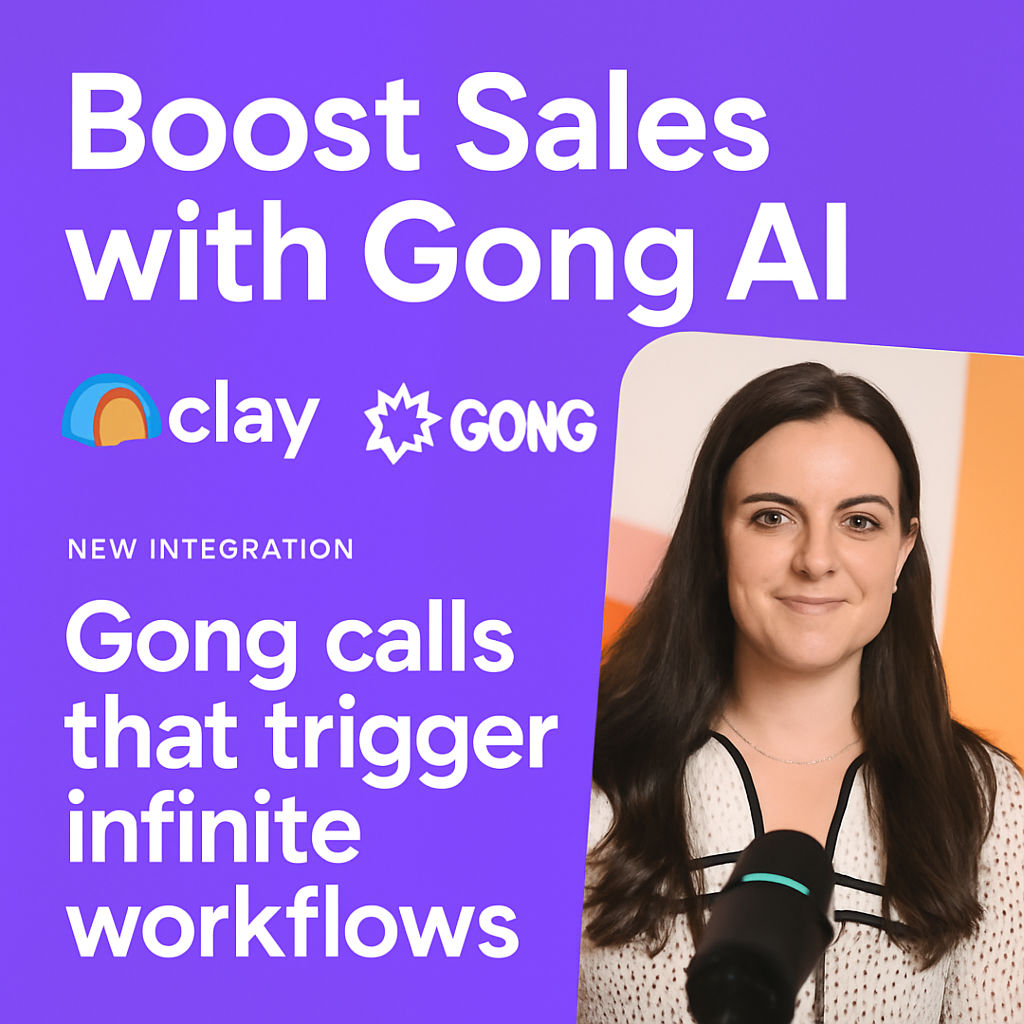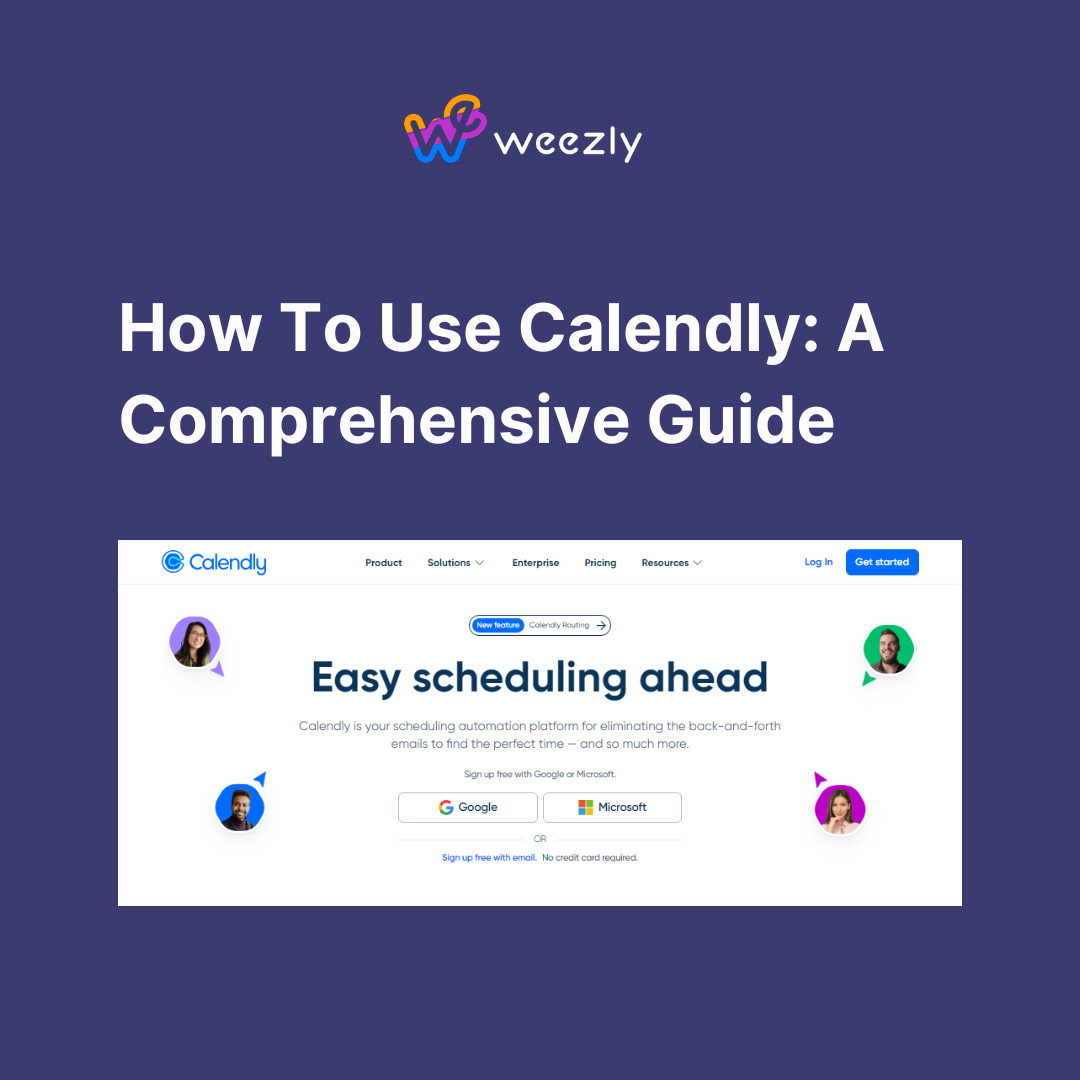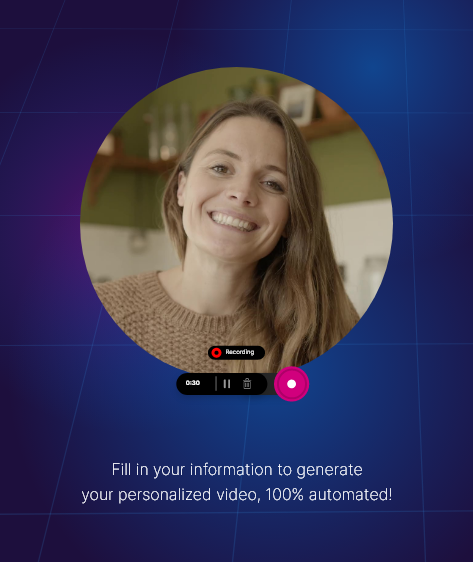Unlocking the value within your sales calls is often the key difference between a stagnant pipeline and a dynamic, high-converting sales process. Gong transcripts, filled with everything from buyer pain points to competitive mentions, provide a goldmine of insights—if you know how to use them. Yet, many teams let these opportunities slip by, simply because the raw call data stays untouched and unorganized. Imagine if your team could quickly extract and act on critical buyer signals, feature requests, and competitor tool mentions from every call. That’s where integrating powerful automation tools transforms the game, helping you turn call data into structured, actionable intelligence that gives you a real competitive edge.
Based on the original video:
Why Gong Transcripts Are a Game-Changer for Sales Teams
Every single sales conversation is packed with unstructured data—statements made by prospects, concerns they voice, technology stacks they mention, or even specific feature requests for your product. Alone, these data points sit idle, buried within call recordings and transcripts. But by systematically extracting insights from Gong transcripts, sales teams can:
- Identify real, in-the-moment buyer pain points and objections
- Surface competitive tool mentions to outmaneuver rivals early
- Pinpoint feature gaps and influence product development
- Discover timing cues for better follow-up strategy
- Compile true voice-of-the-customer to shape messaging
The challenge? Most teams lack a cohesive system to sift through these conversations and organize this valuable data at scale.
Transforming Raw Call Data into Actionable Intelligence
Modern sales and go-to-market teams are turning to automated integrations that link platforms like Gong with advanced data management tools. By leveraging integrations such as Clay and Gong, you can pull all your call data, structure it, and take real-time actions based on what’s uncovered in conversations.
Step 1: Importing Sales Calls into Your Workflow
The workflow begins with importing all relevant calls from your sales reps. This isn’t just about logging recordings; it’s about operationalizing every conversation as a source of learning and improvement.
Step 2: Pulling Detailed Metadata from Every Call
Using dedicated actions (like “Get Call Details”), metadata—such as participants, agendas, highlighted moments, and more—are automatically extracted for each call. This data forms the backbone for segmenting conversations and analyzing outcomes over time.
Step 3: Fetching and Segmenting Gong Call Transcripts
Custom integrations let you fetch the full text of every Gong transcript. Here’s where structured intelligence begins: advanced AI sorts the transcript section-by-section based on who is speaking, allowing you to quickly discern what the prospect vs. your rep has said.
- Clearly separated speaker sections enable targeted analysis
- Easy visibility into each utterance for both prospect and rep
This segmentation step is vital. It brings clarity and makes the next analytics step much easier for your team.

Surfacing Key Tool Mentions in Discovery Calls
Among the most powerful insights hidden inside your Gong transcripts are mentions of competitor tools and prospect tech stacks. Quickly surfacing these mentions gives your sales, product, and marketing teams several competitive advantages:
- Sharpen your prospecting and outbound strategy based on actual prospect tool usage
- Guide sales enablement with real-world data on market positioning
- Tailor customer messaging before a deal even lands in your pipeline
The workflow uses an additional AI step: every time a prospect section in the transcript is analyzed, the AI scans for any tools or software solutions mentioned. This instantly flags accounts for tailored follow-up actions.
Actionable Triggers for Intelligence-Driven Sales
Once a competitive tool is detected, several automations can be triggered:
- Update account details in your CRM: For example, immediately add or update tool usage fields in Salesforce
- Ping key Slack channels: Notify sales or product teams to inform strategy
- Enrich internal notes: Keep your notes up to date for better team handoffs
This bridge between raw conversation and automated follow-up turns passive information into a true competitive advantage.
Benefits of Structuring Gong Transcripts with Automation
Integrating and structuring Gong transcripts amplifies every aspect of the modern sales process. You can:
- React faster to market trends based on the tech stacks your prospects mention
- Define your unique selling proposition versus competitors, grounded in what buyers actually say
- Trigger real-time collaboration between sales, customer success, and product based on call outcomes
- Ensure no buyer concern, feature request, or timing cue is ever missed
This approach fundamentally changes how organizations leverage conversation intelligence—turning unstructured data into a shared, strategic resource.

Unlock a Competitive Edge Across Your Sales Funnel
Embedding conversation intelligence into your workflow brings clear, tangible benefits at every sales stage:
- Lead Qualification: Rapidly surface buyer fit and tech stack details
- Outbound Targeting: Prioritize accounts mentioning competitor solutions
- Enablement: Arm reps with up-to-date knowledge of prospect priorities
- Win/Loss Analysis: Analyze which competitive references correlate with closed deals
It’s not just the sales team that benefits. Product teams can use data on recurrent feature gaps or tool mentions to prioritize product development. Marketing teams can align content and campaigns to address the specific challenges and tool overlaps revealed in transcripts.
Building Out Scalable Conversation Intelligence
The process described—pulling call data, splitting by speaker, detecting tool mentions, and triggering actions—is scalable. It can be customized to any data point your team cares about, including objections, pricing queries, or compliance concerns.
For more perspective on how AI is reshaping the way B2B teams harness data, you might find value in our deep dive: How Next-Gen AI and Intent Data Are Boosting B2B Leads. This article explores recent advancements in AI-driven sales automation, with practical examples and demos.
Best Practices for Structuring Gong Transcript Workflows
To harness the full value from Gong transcript automation, follow these proven strategies:
- Define clear data goals: Know what insights (e.g., competitors, pain points, feature gaps) you want to extract
- Automate wherever possible: Use integrations and AI to avoid manual work
- Integrate with existing sales stack: Sync structured transcript signals into CRM, communication, and project management tools
- Review and refine: Check often to ensure automations capture meaningful signals
The result is a highly repeatable, high-leverage system for continuous improvement and sales acceleration.
Seeing Results: What Happens When You Structure Your Call Data
Teams who move from static, unstructured Gong transcripts to this kind of actionable intelligence report:
- Higher win rates, thanks to sharper outbound and timely competitive action
- More productive team collaboration, grounded in the “voice of the customer”
- Faster onboarding of new reps, using real calls as guided examples
- Deeper product insights for future-proof roadmaps
The sooner you begin, the faster your team can capture and capitalize on these hidden advantages.

Key Takeaways: Turning Gong Transcripts Into Revenue-Driving Insights
- Raw call data can be systematically transformed into high-value, structured sales signals
- Competitive tool mentions discovered early drive better outbound and product strategy
- Automation ensures critical insights never stay buried in transcripts
- Collaboration across sales, marketing, and product becomes much easier
- The end result: faster, smarter decision-making throughout your funnel
FAQ
What are Gong transcripts, and why are they valuable?
Gong transcripts are written records of your sales or customer calls. They’re valuable because they capture every detail of a buyer conversation, including pain points, objections, competitor mentions, and feature requests—data you can use to improve sales, product, and marketing strategies.
How can unstructured data from Gong be turned into actionable insights?
By integrating Gong with workflow automation tools, you can automatically extract, segment, and categorize insights (like tool mentions, feature gaps, and timing cues) to trigger workflows, update CRM records, and enable targeted follow-ups.
What is the benefit of surfacing competitor tool mentions in sales calls?
Surfacing competitor tool mentions helps your team proactively tailor outreach and positioning, respond to buyer concerns, and even influence product strategy based on what your prospects really use and need.
Can structured Gong transcript data be integrated with CRM platforms?
Yes, with the right workflow automation, insights from Gong transcripts can be mapped directly to CRM fields, ensuring your sales team always works with up-to-date, relevant account intelligence.
How does this process improve collaboration across teams?
Structured call data can be shared seamlessly with sales, product, and marketing teams, keeping everyone aligned around customer needs and market trends, thus enabling faster and more informed decision-making.









